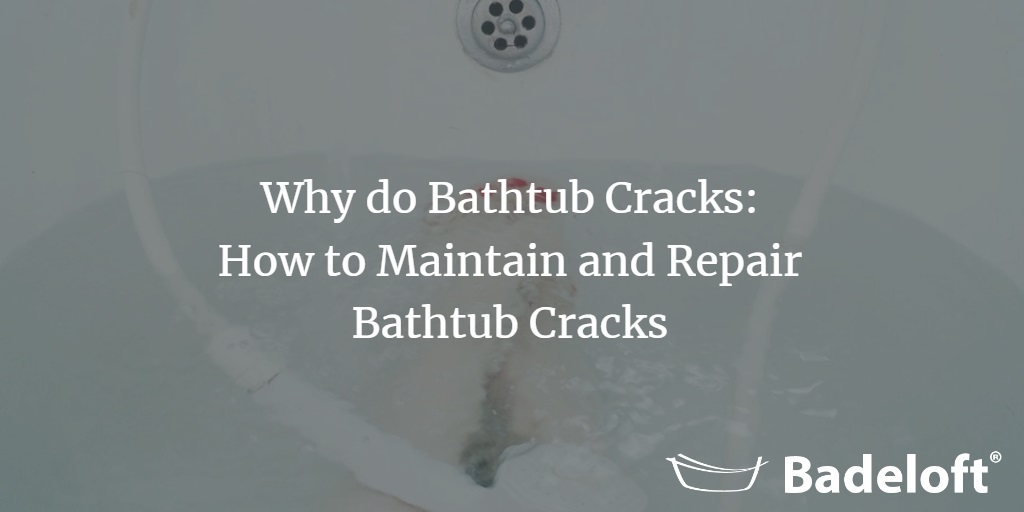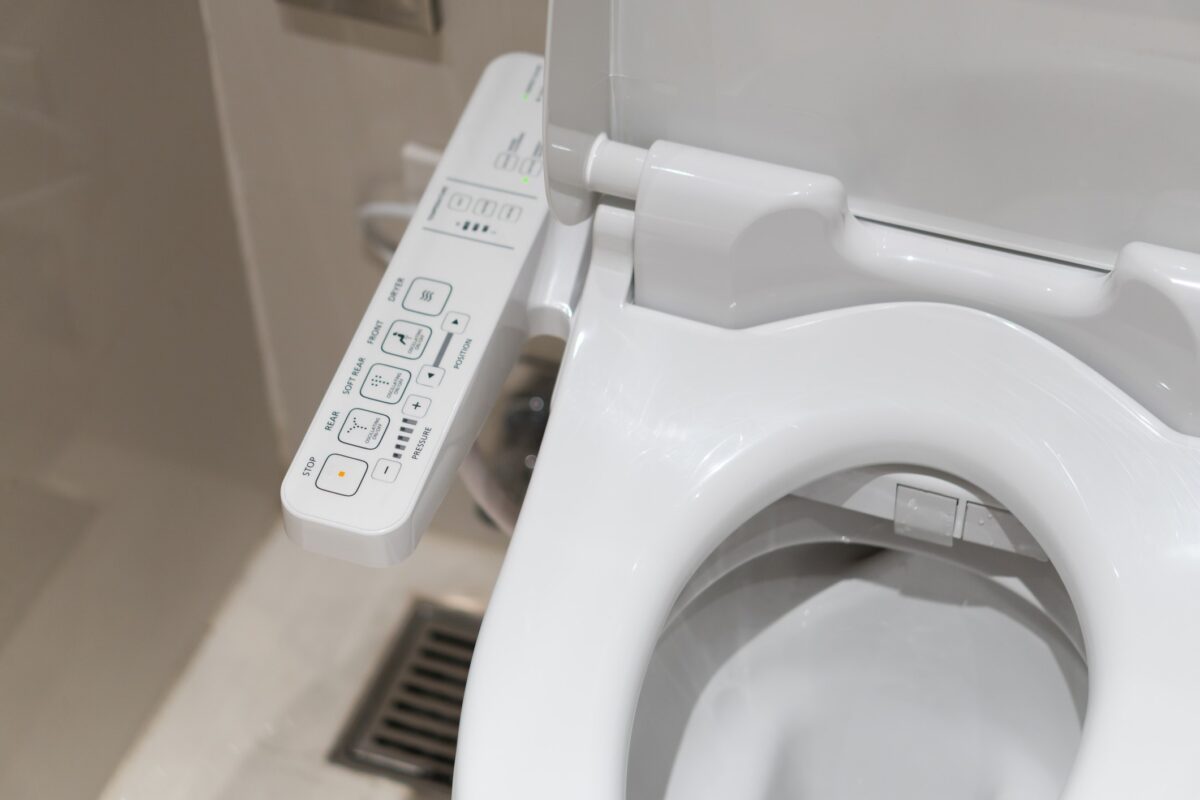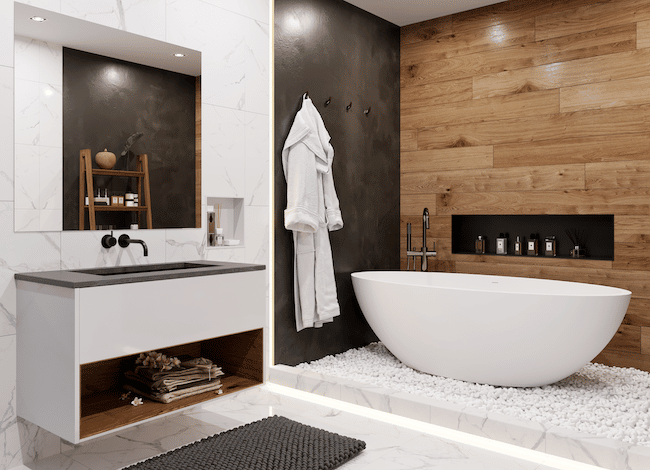
Why Do Bathtubs Crack?: How to Maintain and Repair Bathtub Cracks
Your bathroom is a place of peace and solitude, then one day, as you ready yourself for a relaxing bath,
As a proud owner of a beautiful freestanding bathtub, chances are you want to keep it looking its best. After all, you’ve invested in a modern bathroom retreat, and you’re going to want to soak up all of the enjoyment you possibly can. Fortunately, cleaning and maintaining a freestanding bathtub isn’t difficult.
For starters, with its smooth, non-porous surface, a stone resin freestanding tub naturally keeps calcium deposits and general grime from settling in. However, this doesn’t mean you’ll never need to clean your new bathtub. Use this guide to get up to speed on basic cleaning and maintenance and to make sure that you use the right cleaners and don’t inadvertently damage the bathtub’s surface. We’ve also included some instructions for repairing stubborn stains, scratches, and damaged surfaces.
With just a few simple cleaning tasks, your new freestanding bathtub and its gorgeous finish will retain its beauty for years to come.
Most freestanding tubs can be cleaned with common household cleaning products as noted above, but what about routine maintenance and minor repairs? Fortunately, the general maintenance requirements of stand alone tubs are relatively simple. Below are a few maintenance tasks you’ll likely need to do periodically.

Eric is the founder and president of Badeloft USA. He has been the president of Badeloft’s US division for over ten years and oversees all marketing and branding aspects of Badeloftusa.com.
His expertise lies in small business development, sales, and home and bathroom industry trends and information.
Contact us with any business related inquiries.

Free material samples and tub templates

Your bathroom is a place of peace and solitude, then one day, as you ready yourself for a relaxing bath,

So now that you are ready to buy your smart toilet, where should you go? Do you go to an

For the master or guest bathrooms, 75-100 watts is recommended. For small or medium-sized bathrooms like half-baths and powder rooms,

A common question in home improvement is what material to choose. There are quite a number of different materials on
Fill out the form below to request a free material sample
"*" indicates required fields
"*" indicates required fields